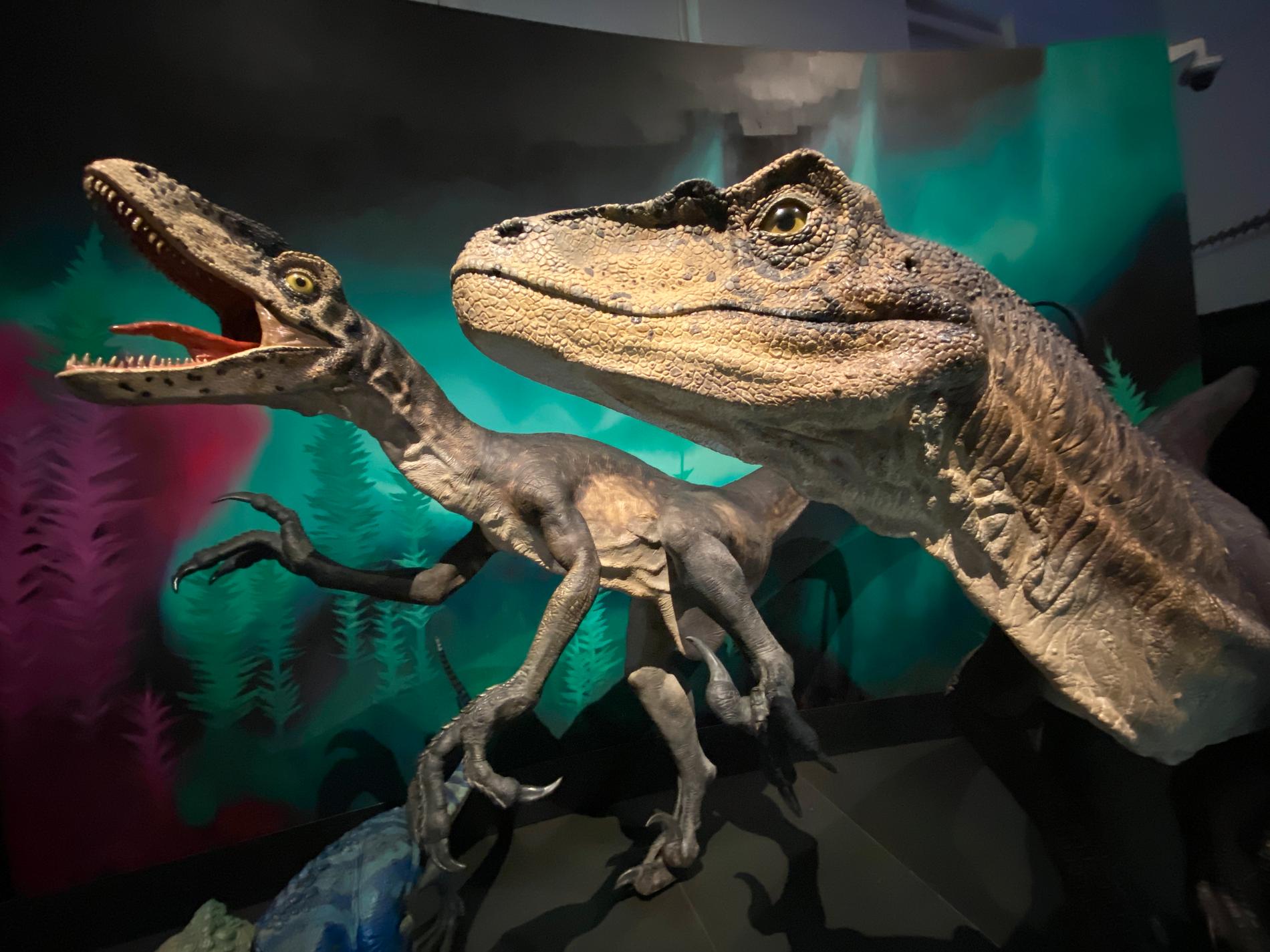1 of 3Photo: Gustav Sjöholm / TT
Just when the dinosaurs in the northern hemisphere were to recover after a winter, the meteorite crashed, according to new research. The fact that it hit the earth just in the spring may have contributed to the extinction of the dinosaurs.
For the first time, researchers from Uppsala University, among others, have been able to show the season in which the devastating Chicxulub meteorite impact took place, research published in the journal Nature.
The meteorite caused the extinction of about 75 percent of all life on earth, including the dinosaurs.
– The mass extinction caused by the meteorite was very selective. All dinosaurs except the birds became extinct, as did flying lizards and most marine reptiles, while mammals, birds, crocodiles and turtles survived, says Melanie During, at Uppsala University and Vrije Universiteit in Amsterdam who is the first author of the study.
Herringbone reveals
Together with an international research team, she has investigated fossils from fish that are known to have died when the meteorite steamed down about 66 million years ago. The fish fossils come from Tanis in North Dakota in the USA. There, an entire ecosystem in a freshwater lake has been preserved as it looked just hours after the meteorite struck, a completely unique environment according to the researchers.
Melanie During describes the visit to Tanis as a bit surreal.
– I had to pinch my arm several times. It is not often that researchers have problems because there are too many fossils, but we had that luxury problem here. It was extra cool that they were caught in the middle of their movements, she says.
What the researchers did is to examine the fossil fish bones with, among other things, synchrotron X-rays, a method that makes it possible to examine the material at the cellular level. The fish’s bones are already known to grow faster or slower at different times of the year, just like the trees’ annual rings. In this way, researchers have been able to see that death came in the spring.
Sensitive period
The researchers also analyzed carbon isotopes, an established method for food intake, which added another piece to the seasonal puzzle. The availability of zooplankton, which is still today paddler’s favorite food, varies with the seasons and is highest during early summer. By examining colisotopes in the paddle sturgeon, the researchers have been able to see where in the growth curve the fish were when they suddenly died.
– It shows that the food supply has not yet reached its peak, which also strengthens that death came in the spring, says Melanie During.
TT: Would the dinosaurs have survived if the meteorite had reached another season?
– It is impossible to say, but they also died out in the southern hemisphere where it was autumn at the same time. But spring was probably an extra bad time for them. What is known is that animals that, for example, dig into burrows or those that go into hibernation with very low metabolism managed the impact better, she says.
